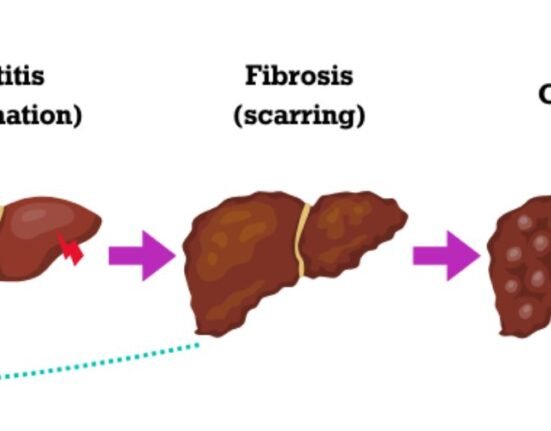HQ Team
January 30, 2024: Elon Musk’s Neuralink Corp., has implanted a device in a human brain and the results show “promising neutron spike detection,” according to an X post from Musk.
“The first human received an implant from Neuralink yesterday and is recovering well. Initial results show promising neuron spike detection.”
In a spiking neural network, a neuron’s current state is defined as its membrane potential. An input pulse causes the membrane potential to rise for some time and then gradually decline.
The first Neuralink product will be called Telepathy, Musk said. and it will be used by people who have lost the ability to use their limbs.
“Imagine if Stephen Hawking could communicate faster than a speed typist or auctioneer,” he wrote. “That’s the goal.”
Blip
The human brain uses electricity to communicate, its neurons talking to each other by sending tiny blips of voltage down a gossamer thin cable. Neuroscientists call that blip “the spike”. And as spikes are how neurons communicate, they are how a human does anything: talk, eat, and run; see, plan, and decide.
The initial goal of the brain-computer interface is to grant people the ability to control a computer cursor or keyboard using their thoughts alone, according to an earlier statement.
Neuralink got approval from the Food and Drug Administration to begin trials to implant brain chips into humans on May 27, 2023.
Precise Robotically Implanted Brain-Computer Interface or PRIME study will fully implant wireless brain-computer interface in humans to evaluate the safety and functionality of the brain-computer interface to enable paralytic patients to control external devices with their thoughts.
FDA clearance in 2023
The study is being conducted under the investigational device exemption awarded by the FDA in May 2023.
During the trials, a robot was meant to surgically place the implant’s ultra-fine and flexible threads in a region of the brain that controls movement intention.
Once in place, the implant is cosmetically invisible and is intended to record and transmit brain signals wirelessly to an app that decodes movement intention.
The study will take approximately six years to complete.








